目的から探す
ページ番号:5437
更新日:2019年1月4日
ここから本文です。
The Flow of Time
The Itako Iris Festival is one of Ibaraki's longest running festivals, and also one of its most popular. Held from Mid-May to the end of June, every year between 750 and 800 thousand people visit the small riverside town to take in the romantic scenery and gorgeous flowers, whose purple, white, pink, and yellow blossoms immediately arrest the eyes. However, this festival is a lot more than just a feast for the senses; the town itself has much to offer in terms of both history and hospitality.
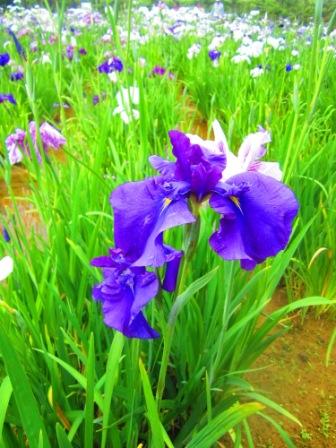
Itako is not only situated on a series of small canals, it is close to the Kitaura lake that forms part of Lake Kasumigaura, the second largest lake in Japan. Due to this ideal location, Itako prospered as a trade and shipping hub during the Edo period, when Japan's government center shifted to its current capital of Tokyo. Thanks to the extensive waterways all of the major produce of the north-eastern section of Honshu were shipped through Itako, supplying the needs of the burgeoning population of Tokyo which, at roughly one million citizens, was the largest in the world for that period.
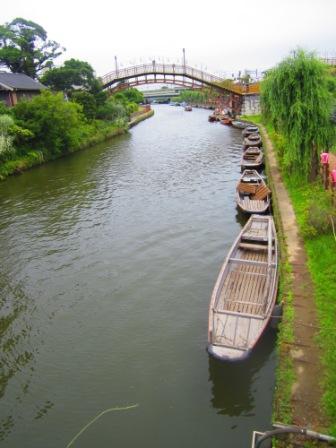
At the time, Itako formed part of the Mito Dominion, what is now considered Ibaraki, which is famous for its second leader, the irrepressible Mito Komon. Also known as Tokugawa Mitsukuni, Mito Komon (the theme of the world's longest-running television drama) visited Itako during his period of command because Itako produced over one third of the Mito Dominion's total revenue. Not only are the traces of his visits, such as his renovation of a historical local temple, quite dear to the locals, some of the warehouses and shipping companies from that period are still in operation, giving Itako’s residents quite a sense of pride in their town.
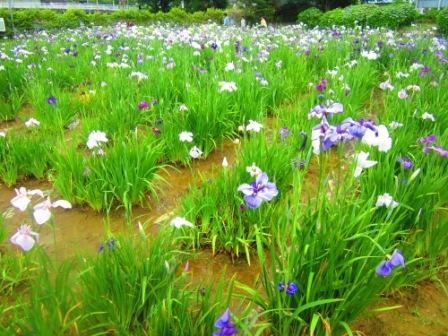
This is a pride which they are quite eager to share by volunteering to guide tourists around the local highlights. There are several different groups of volunteer guides who operate in Japanese or English, offering both an overview of the history of the region and significance of the festival, but also a feel for the local color. One such guide was kind enough to cover the difference between the flowers on display: though they all belong to the iris family, they form three different varieties, the ayame, the kakitsubata, and the hanashobu. Each blooms at a different period during the festival, and every three years the flowers are replanted to maintain a constant cycle of beautiful blossoms. They make a wonderful accompaniment to the nostalgic canal with its old wooden gondolas and picturesque arched bridges, and you will often spot pro photographers jockeying for the best position.
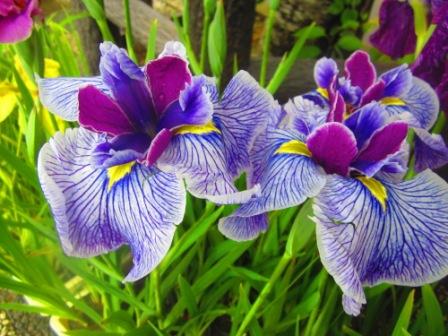
Another highlight is the traditional Bridal Boat. It has long been a custom in Itako for brides to travel to their new home on one of the gondolas on the canal, gliding serenely along in full Japanese wedding regalia to her waiting groom on the other end of the river. Nowadays this can be seen on Wednesdays and weekends during the festival period, and is a huge draw for tourists. The only condition to ride the bridal boat is that one must have married within the last year or be getting married within the next year, so there are usually many opportunities to spot them.
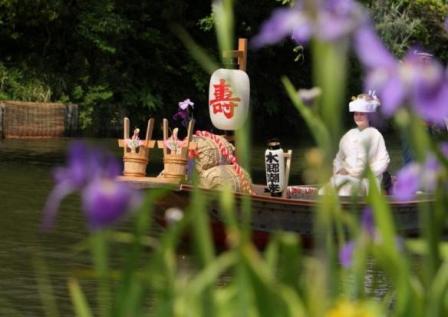
Besides the Bridal Boats there are also musical and dance performances most weekends, and of course a large selection of local and regional goods to sample and purchase. Be aware that events may be cancelled due to rain and volunteer guides must be reserved in advance, but the local hospitality is unparalleled.